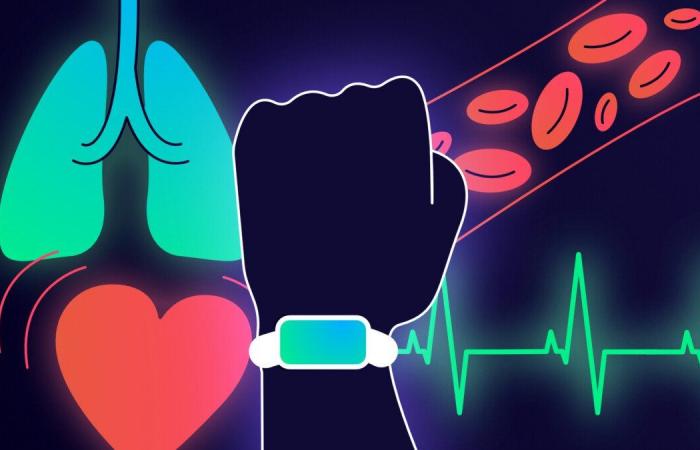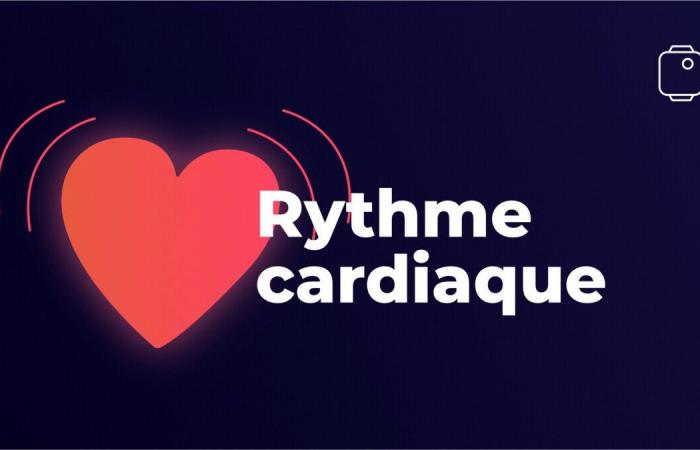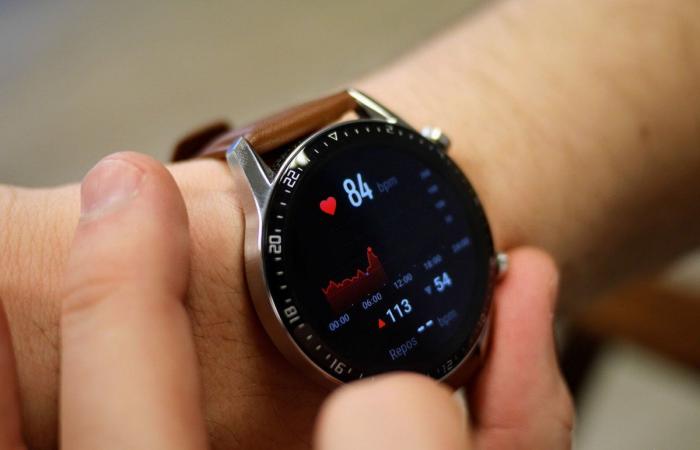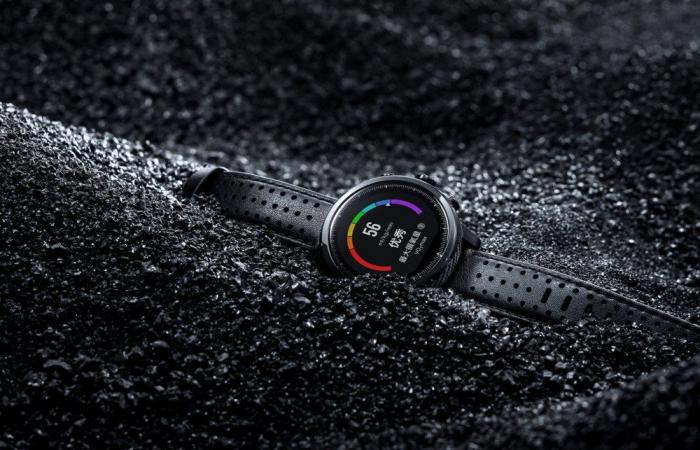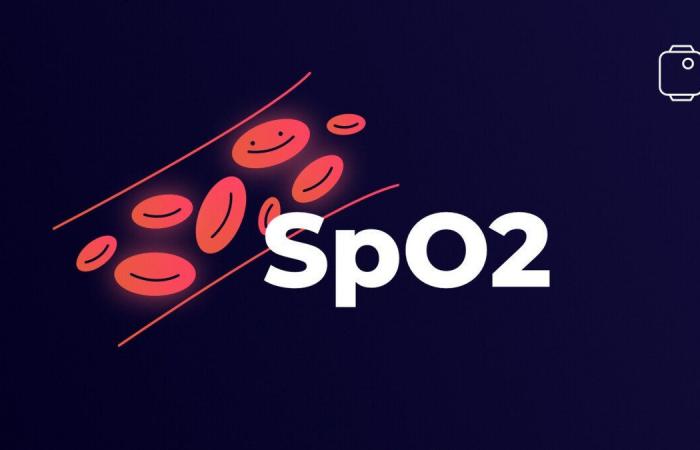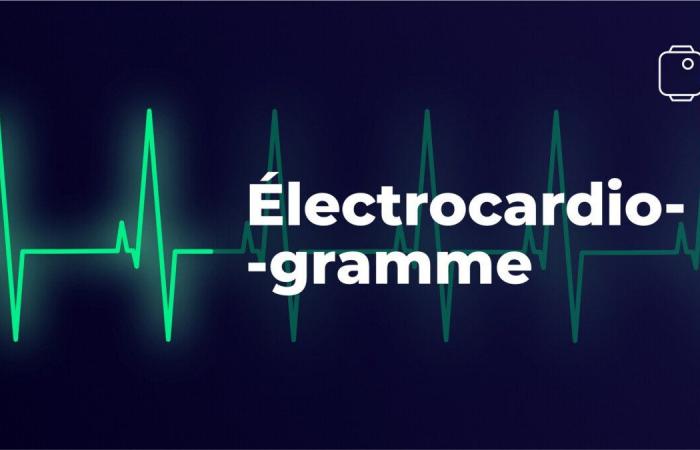Recent connected watches offer more than just a pedometer. They now allow you to measure heart rate, but also VO2max, SpO2 and even ECG. We explain all that to you.

It seems a long time ago when the manufacturers of connected watches and bracelets only offered simple pedometers attached to the wrist. Now, manufacturers offer a multitude of sensors and collect or analyze a lot of data about your health. Even the most accessible models now have a built-in heart rate monitor. On the most high-end watches, we will sometimes even find an electrocardiogram. Sometimes we can even have measurements that can seem more complex like SpO2 or VO2max.
But what does all this data correspond to? What do they measure and how can users use them to improve their health and possibly their athletic performance? This is what we will see in this file.
Heart rate measurement
The heart rate is the main data measured by connected watches and bracelets. Most of the time, this measurement is done with a fairly simple tool, the heart rate monitor. It is in fact a sensor, fixed to the back of the watch or the bracelet, which will use a principle with the name to say the least complicated, photoplethysmography.
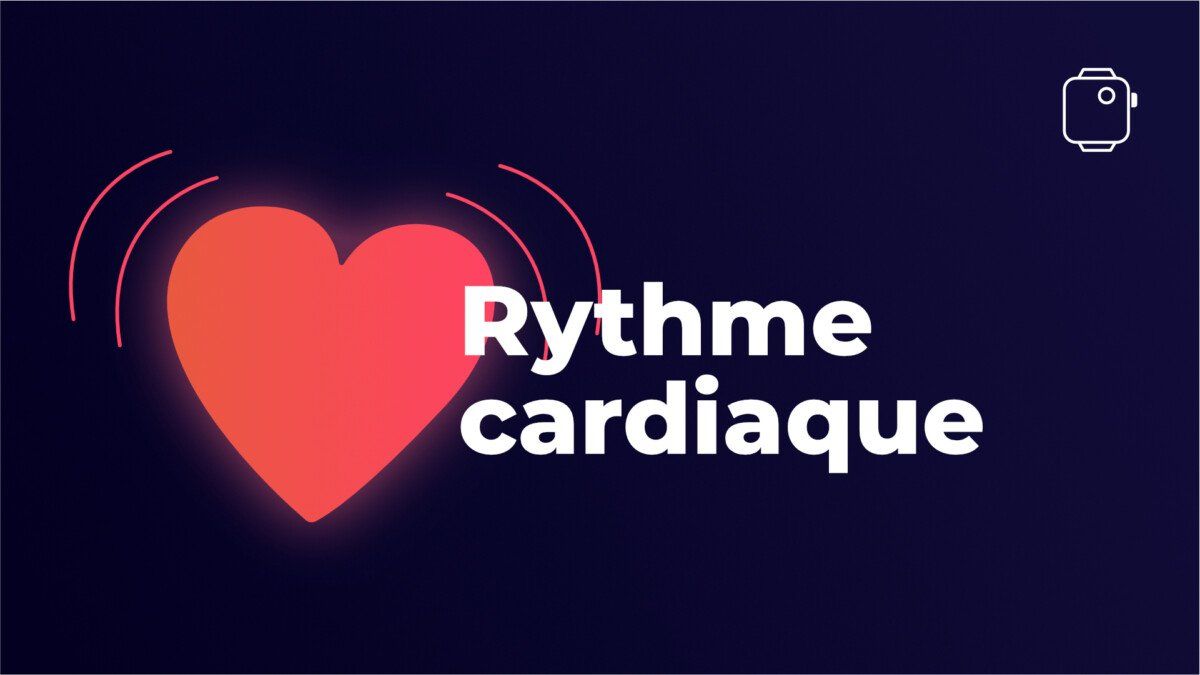

Concretely, the heart rate monitor has two objectives: to send a pulsed green light, and to measure the amount of reflected light. This is photoplethysmography. The more green light is reflected, the more it means that your blood flow is important, and therefore that your heart is beating at a rapid rate. If your heart rate is spaced out, then you will have less blood flow and the green light will be absorbed more through the skin. This is why the heart rate monitors of watches and bracelets send a light at a very high rate, to know the variations in blood flow and therefore be able to give a measurement as close as possible to your real heart rate.
What is my heart rate?
As with the pulse measurement, the heart rate monitor will give you a measurement of your heart rate in number of beats per minute. A healthy person’s resting heart rate is generally estimated to be between 50 and 80 beats per minute. Nevertheless, in activity, the pace will necessarily increase. It is in this context that connected watches and bracelets are also the most useful.
In fact, manufacturers sometimes offer continuous monitoring of your heart rate, or even an even more precise trace throughout your workout. What to compare these data with other elements such as the difference in height or the pace of walking. Above all, the heart rate is an excellent indicator not only of his level of health, but also of his athletic performance.

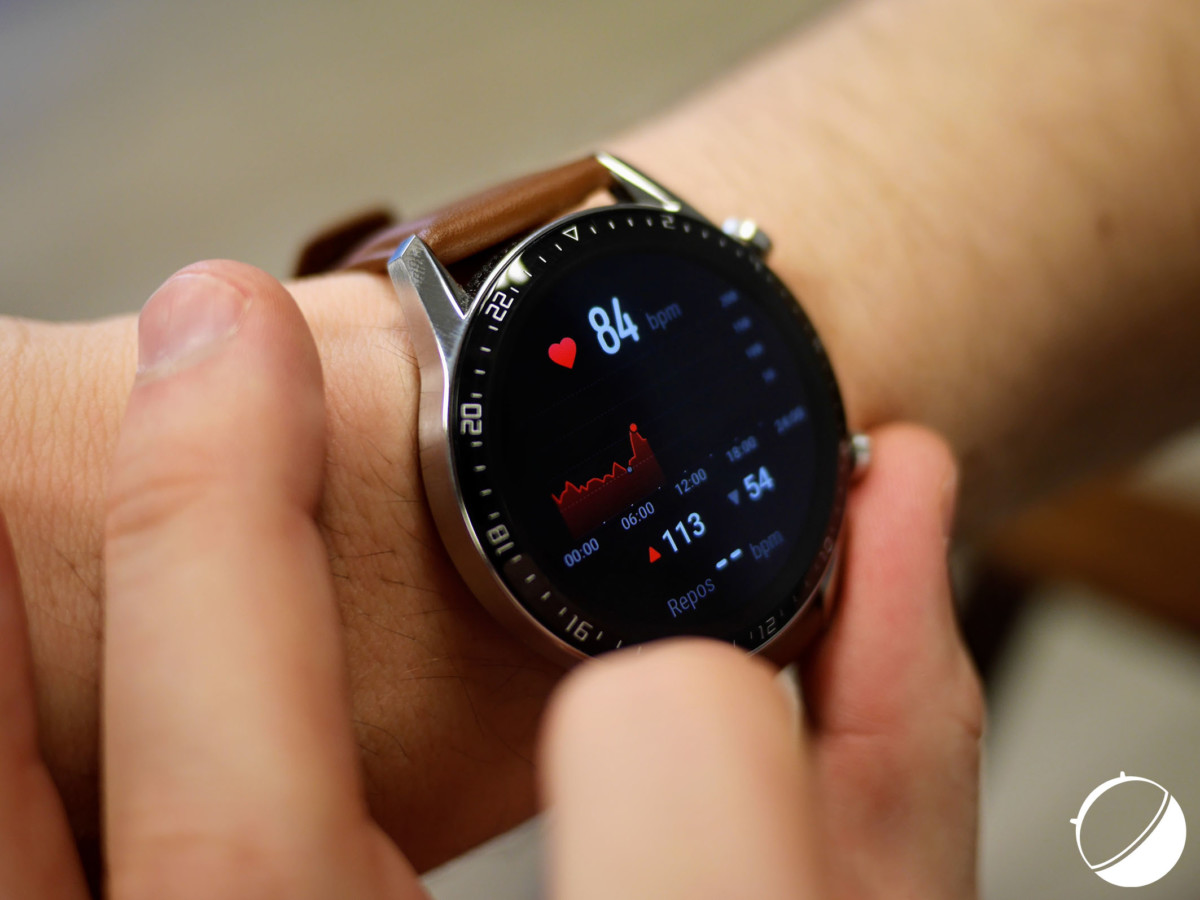
Heart rate analysis on the Huawei Watch GT2 // Source: Frandroid
Often, the goal of cardio training such as running or cycling is precisely to vary the heart zone, between light intensity, moderate intensity or high intensity, for example in an interval training. The reserve heart rate corresponds to the ideal heart rate on which you must stay fixed during your exercise for good efficiency.
VO2max, maximum volume of oxygen absorbed
More and more, we see appearing among the various data measured by connected watches and bracelets a certain « VO2max ». This is particularly the case with the latest versions of the Apple Watch, the Apple Watch SE and Apple Watch Series 6.
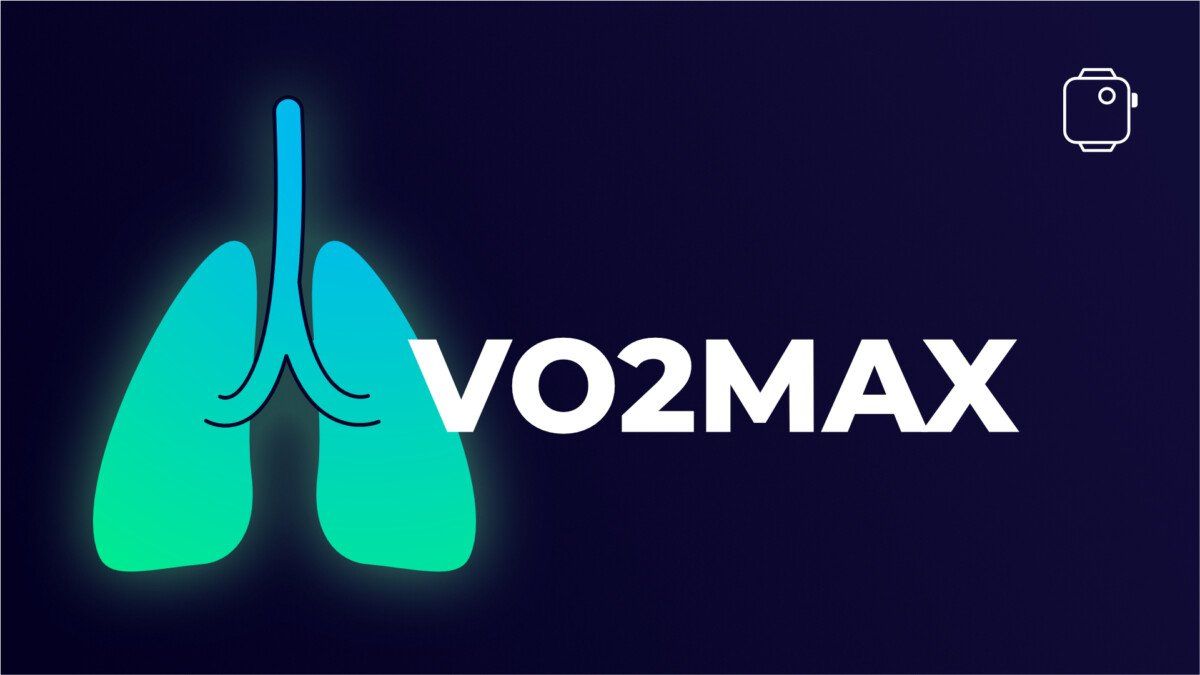
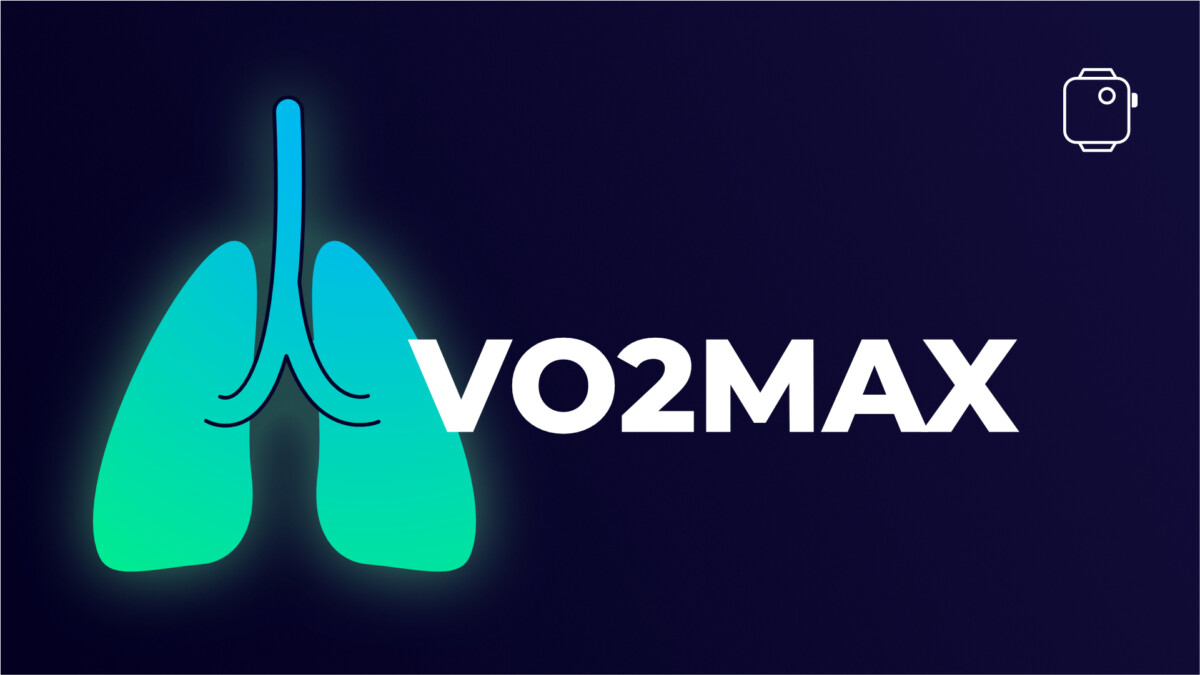
However, Apple is not the only manufacturer to offer this type of measurement, since they are available on the Samsung Galaxy Watch 3, the Huawei Watch GT or the Xiaomi Mi Band 5.
What is a good VO2max?
It must be said that qualifying the VO2max as a measurement is a misnomer, since connected watches and bracelets do not actually measure it, but simply calculate it. To understand this, it suffices to explain that the VO2max corresponds to the maximum volume of oxygen that can be absorbed. In other words, it is therefore the maximum oxygen consumption, expressed in liters of oxygen per minute per kilogram (L / min / kg).
In reality, however, many manufacturers are content to offer a more graphic approach, with a dial showing the level of VO2max and a cursor pointing to the level – low, medium, high, etc. A good VO2Max is generally considered to be around 45 ml per minute per kilogram in men and 35 ml per minute per kilogram in women.
How is VO2max measured?
To accurately measure VO2max, athletic institutes use a treadmill system with a mask that measures the flow of oxygen inhaled by the runner at their highest pace. Suffice to say that this type of measurement is not supported by sports watches and bracelets. They are content to combine the different data recorded, such as heart rate, age, weight, gender or pace to derive a calculated VO2max, which will therefore be less precise than in the laboratory. There are two methods of doing this, requiring you to run as fast as possible for 12 minutes. Once this time has elapsed, the watches measure the distance traveled and deduce the VO2max using two formulas:
- (22.35 x distance in kilometers) – 11.288 = VO2max
- Maximum aerobic speed x 3.5 = VO2max
Given its very purpose – to measure maximum oxygen uptake – VO2max cannot be calculated all the time. The data is therefore often only available when you are in training mode on your watch or your bracelet, since your heart rate must be particularly high.
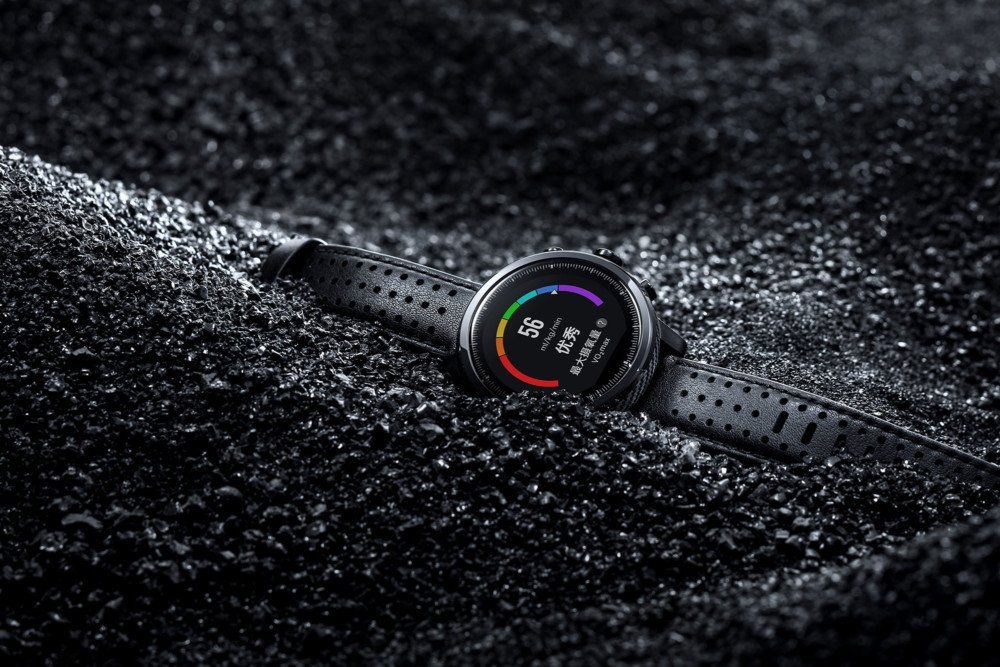
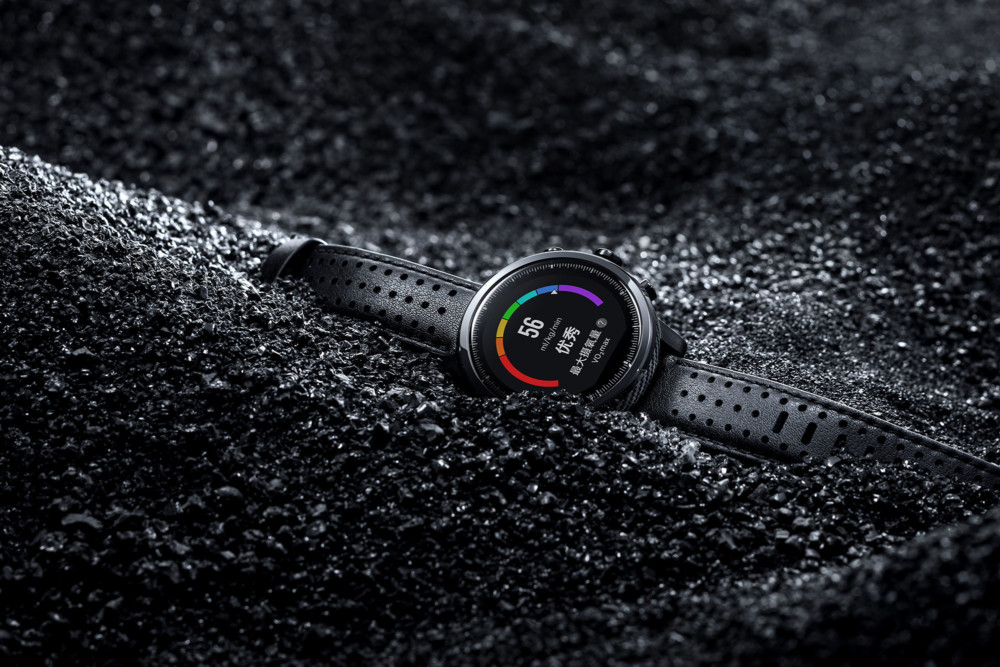
Measuring VO2max on the Amazfit Pace
Concretely, the VO2max will allow you to know your performance in terms of endurance. The higher the VO2max, the more oxygen you will be able to assimilate and the less quickly you will get tired. As with the heart rate, it is therefore an indicator to monitor as you train in order to improve it in order to be more and more enduring.
SpO2, oxygen saturation in the blood
If the name of SpO2 may seem close to that of VO2max, this is quite a separate piece of data. While VO2max is only calculated by devices, SpO2 is actually measured. It is in fact the pulsed oxygen saturation in the blood, a data which will make it possible to measure the rate of oxygen circulating in your blood and thus to detect possible oxygen deficiencies.
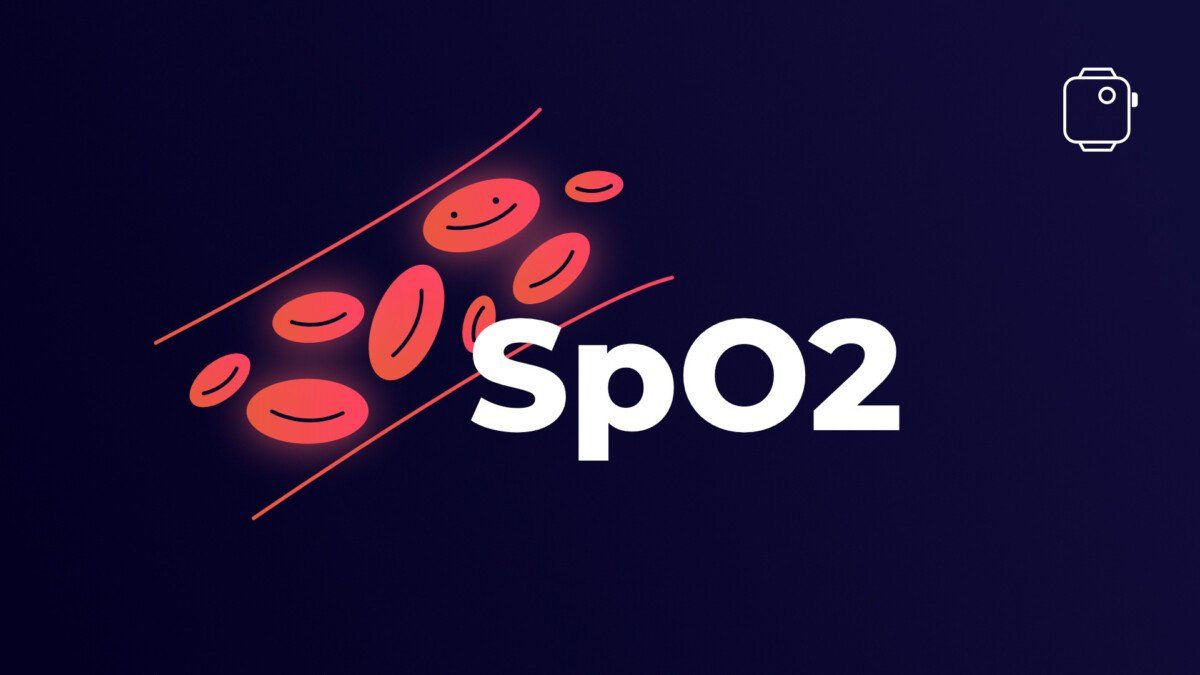
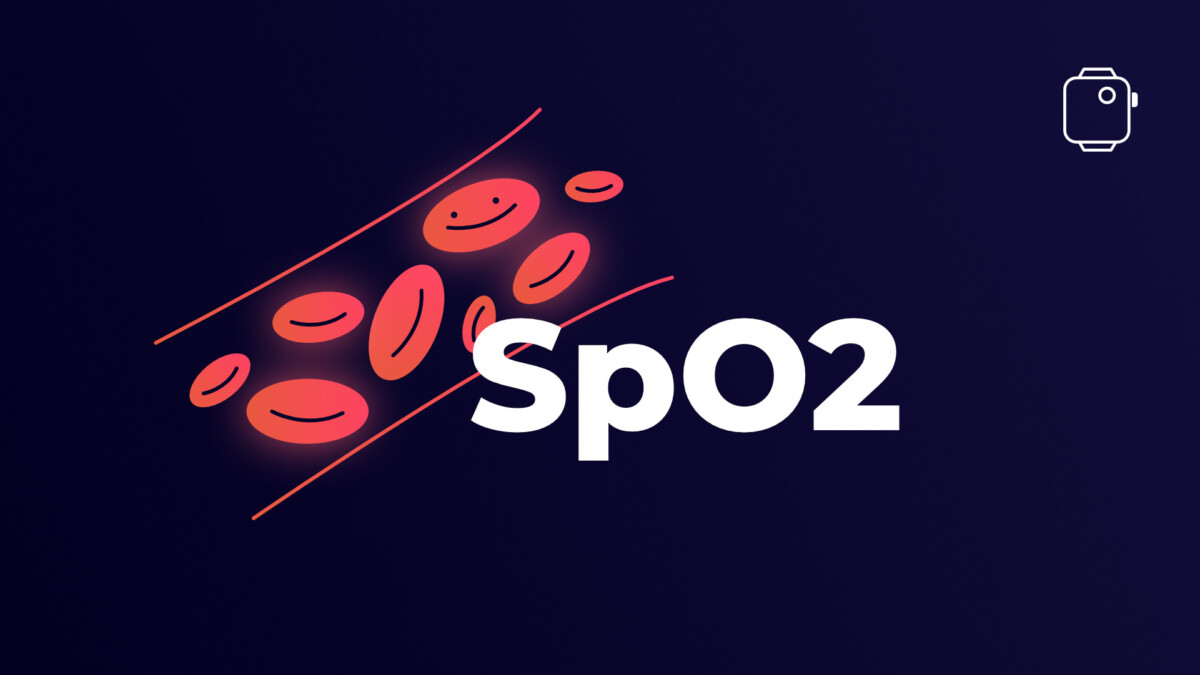
Once again, SpO2 is available on the new Apple Watch Series 6, but this measurement is also found on the Withings ScanWatch or the Samsung Galaxy Watch 3. To make this measurement, these watches use a similar system close to that of a medical equipment, a small cap in which you will place your finger and which, thanks to pulsed light, will be able to measure the reflected light and the light absorbed according to the level of oxygen in the blood. On connected watches and bracelets, it is therefore the same system which is deported this time to the wrist. Note that we therefore have here a system quite similar to that of the heart rate. However, this time it is a red light, not green.
What is the normal level of oxygen in the blood?
The very role of the blood being to transport oxygen everywhere in the body, it is considered that a normal saturation is 95 to 100%. Below 95%, one can start to worry about a lack of oxygenation. Generally, this measurement is to be related to the VO2max, since a low volume of assimilated oxygen can explain a low level of oxygen in the blood.
Concretely, the measurement of SpO2 can be interesting for athletes at altitude, or for people with breathing difficulties. As part of Covid-19, it was discovered that one of the symptoms of the virus was a drop in the level of oxygen in the blood.
The electrocardiogram, to visualize your heartbeats
One of the latest innovations introduced in recent years on some connected watches is the electrocardiogram (ECG). It is in fact a data even more precise than the simple heart rate, since it is about a graphic visualization of the electrical signals of the heart, in the form of curve.

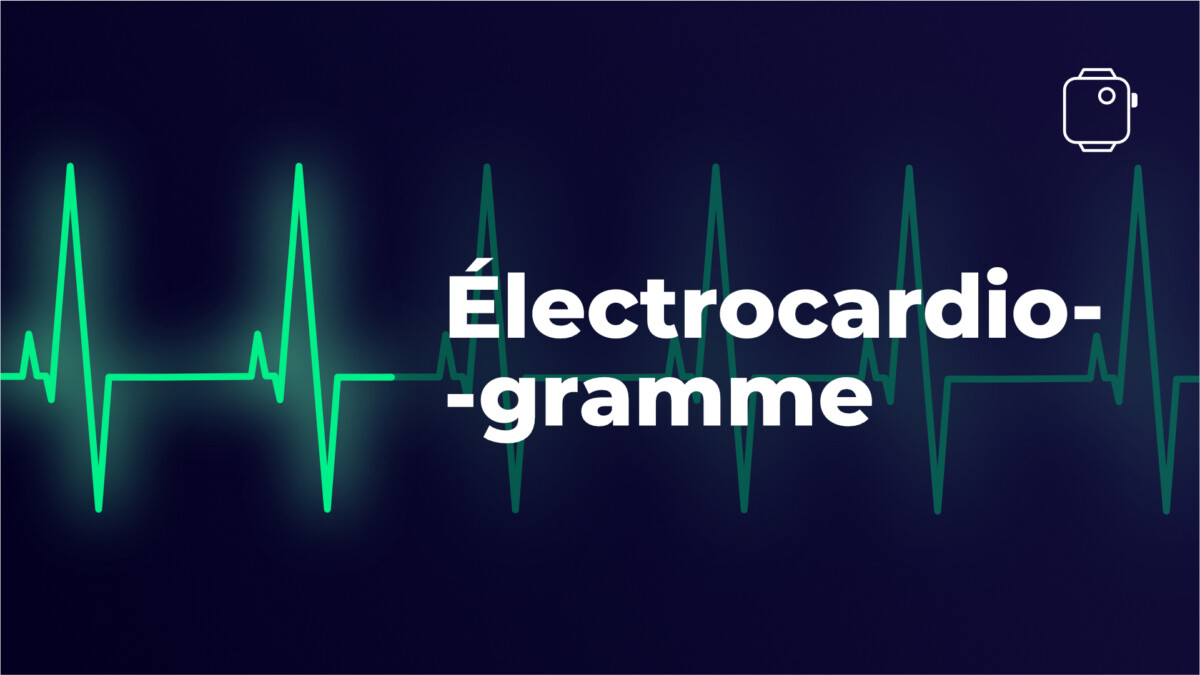
We will find this measurement on a handful of devices only. It must be said that unlike the heart rate monitor, the electrocardiogram is a medical device. To be able to offer it to their users, manufacturers must therefore have their connected watches certified by health authorities, whether it be the FDA in the United States or the European Commission in France. This is the case with Apple since the Apple Watch Series 4, but also with Withings with the ScanWatch or Samsung with the Galaxy Watch Active 2. However, all countries are not in the same boat and the ECG function of some watches may only be available in certain countries. This is the case, for example, of the Galaxy Watch Active 2 which benefits from the electrocardiogram in South Korea, but still not in France.
Concretely, to offer an electrocardiogram, connected watches will send a weak electrical signal into the user’s body which will pass through the wrist where the watch is hung and a second point. It is therefore necessary for users to touch a certain place on the watch – for example the crown on Apple Watches – and to wait for about 30 seconds.
What is my electrocardiogram?
You will then be able to discover the curve of the electrical signal of your heart, corresponding to its activity. The main advantage of the electrocardiogram, particularly in general public use, is to detect possible atrial fibrillations. In other words, the ECG will allow you to see if your heart has missed one or more beats, if it is beating too slowly, too fast, or irregularly.
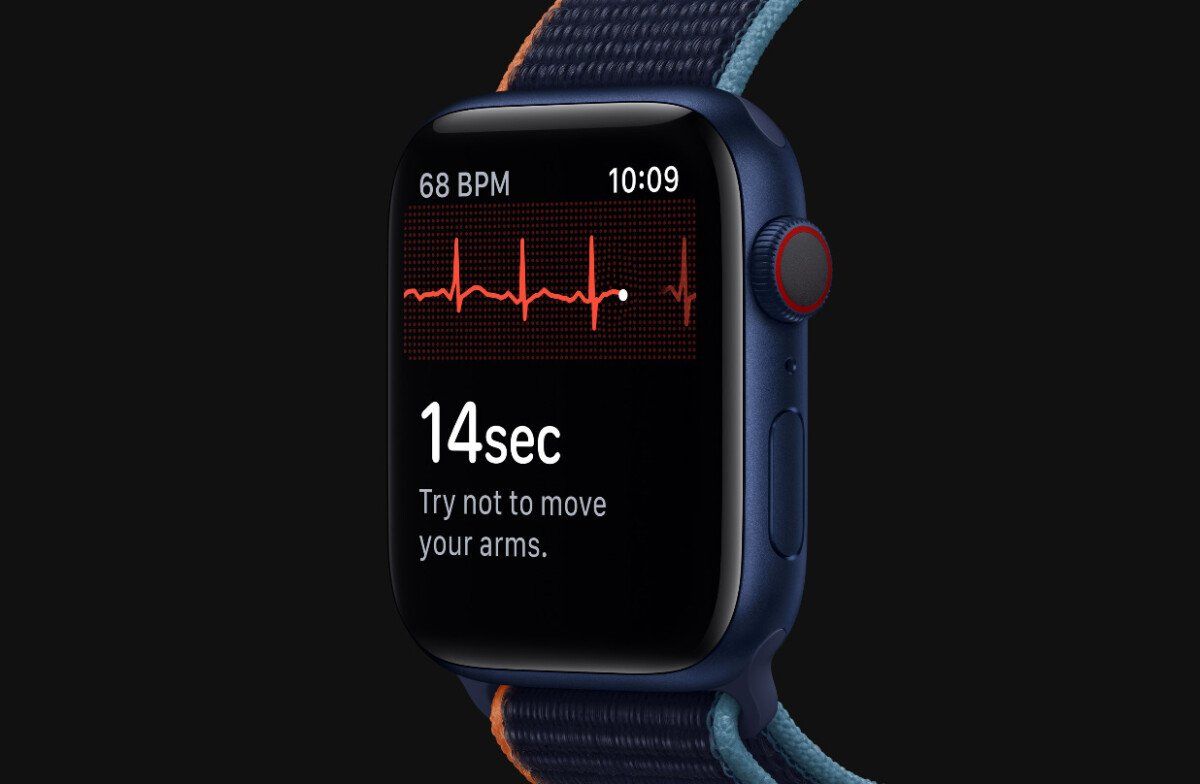
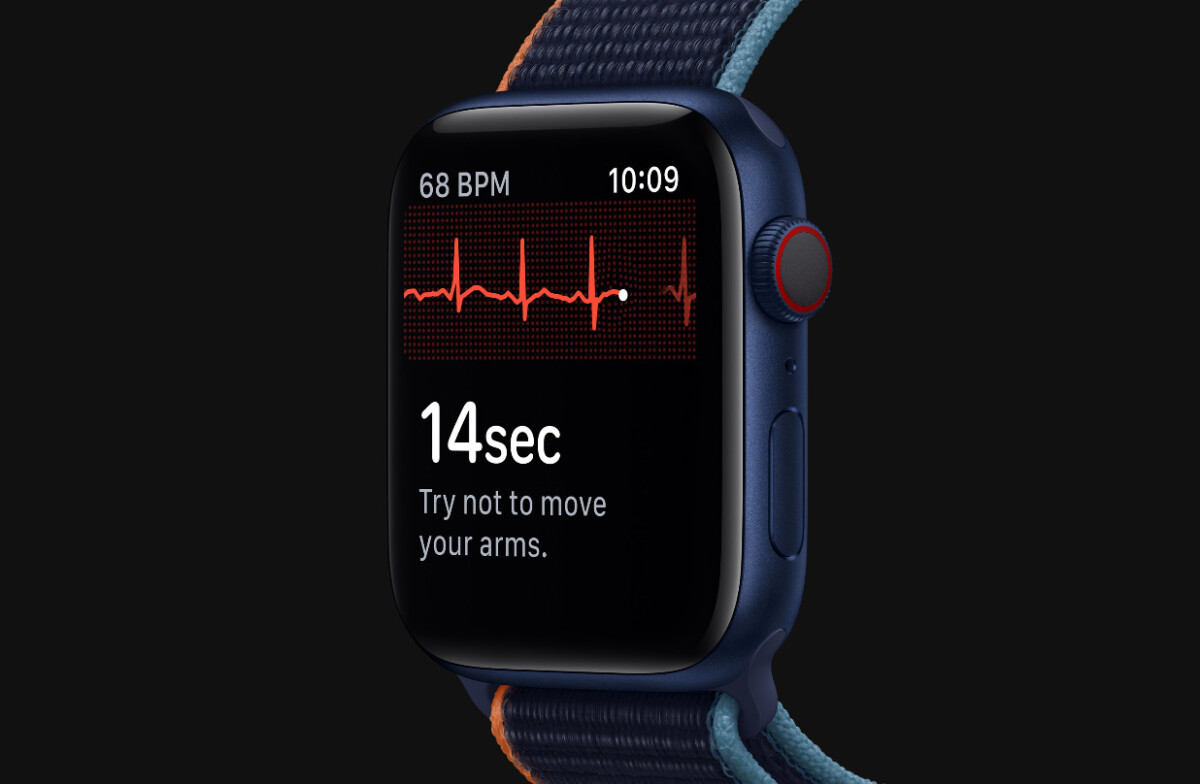
Apple Watch Series 6 has an ECG function
Unlike other data which mainly responds to sports use, the electrocardiogram is therefore a real health device. It will therefore allow you to notify your doctor in the event of a heart problem so that you can consult and be offered medical treatment. However, since the ECG requires putting your hand on your watch, the function cannot be activated permanently, or randomly. It is therefore up to the user to regularly use the functionality to discover a potential cardiac arrhythmia.
*We just want readers to access information more quickly and easily with other multilingual content, instead of information only available in a certain language.
*We always respect the copyright of the content of the author and always include the original link of the source article.If the author disagrees, just leave the report below the article, the article will be edited or deleted at the request of the author. Thanks very much! Best regards!
These were the details of the news how smartwatches take care of your heart for this day. We hope that we have succeeded by giving you the full details and information. To follow all our news, you can subscribe to the alerts system or to one of our different systems to provide you with all that is new.
It is also worth noting that the original news has been published and is available at en24news and the editorial team at AlKhaleej Today has confirmed it and it has been modified, and it may have been completely transferred or quoted from it and you can read and follow this news from its main source.


